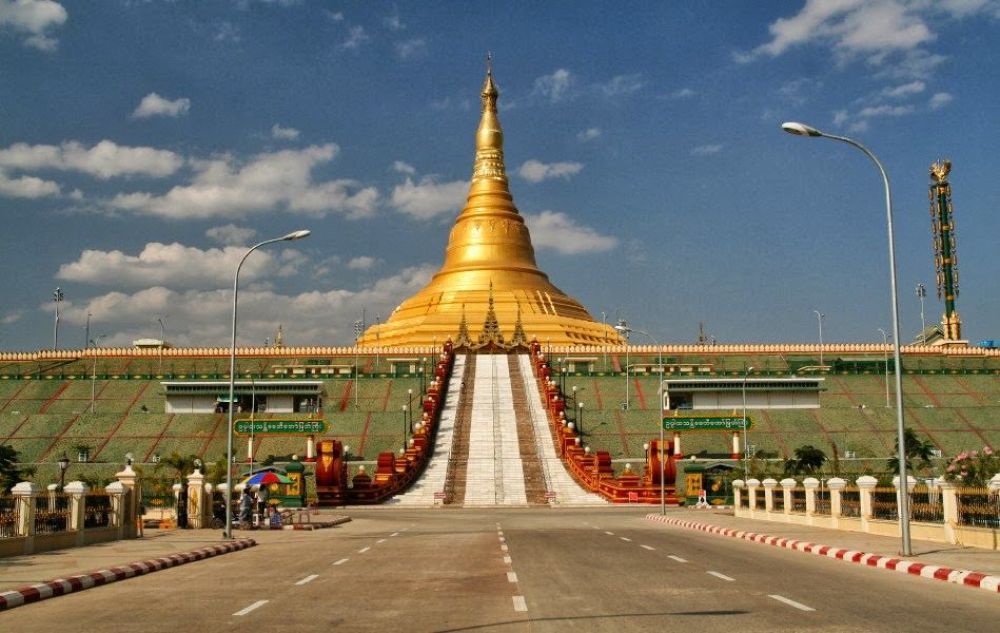

Naypyidaw, the capital city of Myanmar, is one of the world's least known capitals to tourists. The city was officially declared the new administrative capital of Myanmar in 2005. Unlike traditional tourist destinations, Naypyidaw was not built upon a rich history of tourism, but rather as a project to decentralize administrative functions and possibly, for strategic military reasons.
Early Stages
The city’s inception was secretive and sudden, causing both international and domestic bewilderment. Initially, tourism was not a priority for Naypyidaw; it was a city of wide boulevards and massive government buildings, lacking the vibrant street life and cultural heritage that draw visitors to places like Yangon and Bagan.
Development of Infrastructure
To encourage visitors, the Myanmar government has invested in the development of the city’s infrastructure, including hotels, a zoo, a water park, and shopping malls. While these facilities may not have the same allure as ancient temples or historic sites, they signify an attempt to diversify attractions for potential tourists.
Current State of Tourism
Naypyidaw is a case study in contrast when it comes to tourism. It is home to the extravagant Uppatasanti Pagoda, which closely resembles the famous Shwedagon Pagoda of Yangon. The city's broad streets and vast zones often feel eerily empty, underscoring its role as an artificial construction rather than an organically grown city. Despite this, Naypyidaw offers a unique window into the ambitions of Myanmar’s government and has the potential to educate visitors about the country's contemporary state.
In recent years, Myanmar has opened its doors to international tourists, and this has resulted in a growing, albeit small, interest in Naypyidaw. As the country developed its tourism sector, travelers began to include Naypyidaw in their itineraries, often out of curiosity about this planned city.
Despite political instability, including the 2021 military coup that has led to travel advisories and a subsequent decline in tourism, Naypyidaw has seen trends such as:
The future of tourism in Naypyidaw is uncertain and will likely be influenced by Myanmar's overall political climate. The city remains a fascinating destination for those interested in modern urban development and the complexities of Myanmar’s political landscape.